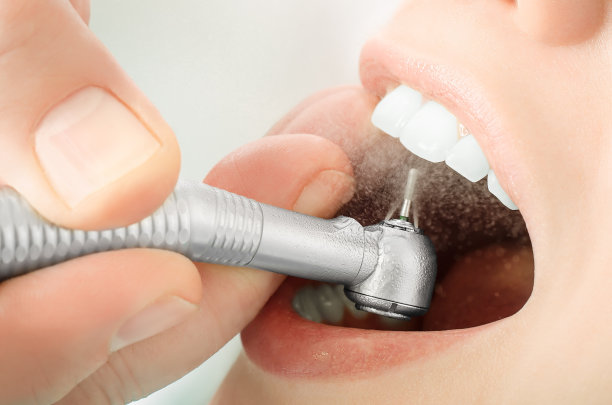Essential Guidelines to Ensure Safety During Root Canal Treatment and Prevent Complications for Optimal Dental Health
Summary: Root canal treatment is a common dental procedure designed to save a tooth that is badly decayed or infected. However, ensuring safety during this treatment is essential to prevent complications that could jeopardize dental health. This article outlines four key guidelines: proper patient assessment, effective infection control measures, advanced techniques and tools, and effective post-treatment care. By understanding the importance of these guidelines, patients and dental practitioners can work together to ensure a successful and safe root canal treatment, ultimately supporting optimal dental health.
1. Proper Patient Assessment is Crucial

Before undergoing a root canal treatment, an exhaustive assessment of the patients medical and dental history is imperative. Understanding any underlying health conditions, allergies, or previous dental issues enables the dentist to tailor the treatment accordingly. Additionally, patients should feel encouraged to discuss their fears or concerns surrounding the procedure.
Radiographic imaging plays a vital role in assessing the condition of the tooth in question. X-rays can reveal the extent of the infection and guide the dentist in planning the most effective treatment. Proper visualization allows for the detection of complex root canal anatomy that may complicate the procedure.
Communication between the dentist and patient is essential throughout this assessment phase. Educating patients about the treatment process alleviates anxiety and fosters a better understanding, creating a more cooperative atmosphere for the procedure ahead.
2. Effective Infection Control Measures
Infection control is fundamental in the success of root canal treatments. Dentists should follow strict sterilization protocols for instruments and equipment to minimize the risk of introducing bacteria into the treatment site. Using disposable materials whenever possible further enhances safety.
Maintaining a clean and sterile working environment during the procedure is essential. The use of surgical drapes, gloves, and masks protects both the patient and the dental team from potential infections. Additionally, a well-ventilated treatment area helps in reducing airborne pathogens.
Antibiotics may be prescribed to patients before or after the procedure to prevent or manage any potential infection. Dentists should evaluate the patients overall health to determine the necessity of antibiotics, as well as to prevent antibiotic resistance.
3. Utilizing Advanced Techniques and Tools
The advancements in dental technology have dramatically improved the safety and efficacy of root canal treatments. Techniques such as cone beam computed tomography (CBCT) provide three-dimensional images of the tooths anatomy, aiding in precise treatment planning. This technology enhances the ability to visualize complex structures that may evade traditional X-rays.
Moreover, the use of rotary endodontic instruments facilitates efficient cleaning and shaping of the root canal. These instruments are designed to minimize the risk of ledging or perforating the tooth, thus increasing the overall success rate of the treatment.
Incorporating dental microscopes into the procedure allows for better visibility and precision, enabling dentists to navigate intricate root systems carefully. The use of these enhancements ultimately leads to safer, more effective treatments with fewer complications.
4. Effective Post-Treatment Care Guidelines
Post-treatment care is just as critical as the root canal procedure itself. Patients should receive clear instructions from their dentists regarding pain management and care protocol following the procedure. Over-the-counter pain relievers can help manage discomfort during the recovery phase.
It is also essential to monitor for any signs of complications, such as persistent pain or swelling. Patients should be advised to contact their dentist promptly if these symptoms occur, as they may indicate infection or other underlying issues.
Regular follow-up appointments are advisable to ensure proper healing and assess the success of the treatment. Dentists can evaluate the healing process through examinations and radiographs, reassessing the need for further treatment if necessary.
Summary: In conclusion, ensuring safety during root canal treatment is paramount to minimizing complications and fostering optimal dental health. By adhering to the outlined guidelines, both dentists and patients can contribute significantly to the success of the procedure. With proper assessment, effective infection control, advanced tools, and diligent post-treatment care, the possibilities for safe and successful root canal treatments are greatly enhanced.
This article is compiled by Vickong Dental and the content is for reference only.


